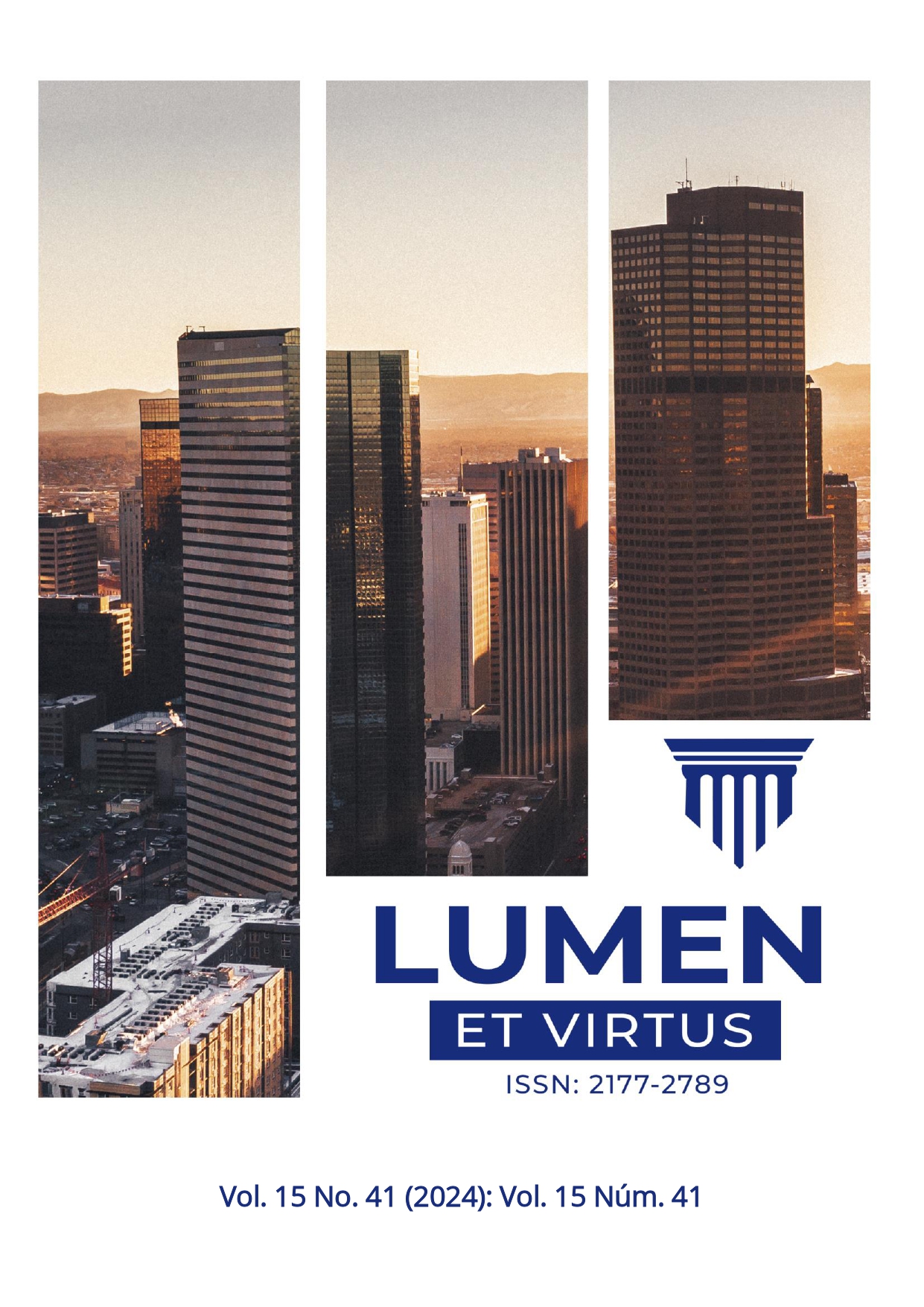ANALYSIS OF THE EROSIVE BEHAVIOR AND SEDIMENTOLOGICAL CHARACTERIZATION OF THE SANDY BAR AT THE MOUTH OF THE ITABAPOANA RIVER, PRESIDENTE KENNEDY-ES
DOI:
https://doi.org/10.56238/levv15n41-021Keywords:
Sensoriamento Remoto, GPR, Sedimentologia, Erosão CosteiraAbstract
The state of Espírito Santo, despite being the smallest in the Southeast region, presents a significant diversity in the variations between the effects of retrogradation and coastal progradation. This dynamic is influenced by a complex interplay of variable factors, such as coastal geomorphology, hydrodynamics, and geology, which directly affect coastal cities and their development. The objectives of this study are to understand the phenomenon of coastal erosion and to analyze the morphological behavior of the sandy bar at the mouth of the Itabapoana River and at Praia das Neves, generating relevant information for the preservation of the coastal environment and minimizing material losses in urban areas adjacent to the sea. This work used tools such as the Ground Penetrating Radar (GPR) for the interpretation of radarfacies, as well as remote sensing and satellite image geoprocessing methodologies, combined with sedimentological characterization studies applied to Environmental Geology. The integration of GPR data revealed a complex sedimentary dynamic, with reflectors that indicate the progradation of beach deposits, as well as eolian, fluvial and marine influences, observing the presence of filled paleochannels and fluvial deposits. The analysis of satellite images allowed us to identify variations in the morphology of the beach and the location of the sandy bar at the mouth of the Itabapoana River, which shows migration patterns in a north-south direction. The compilation of the results suggests that coastal erosion in the region is cyclical, alternating between moments of progradation and retrogradation throughout the analyzed period, reflecting a complex coastal environment that involves climatic factors and marine and fluvial dynamics. The sediments analyzed were well selected, ranging from fine to medium fraction, with heavy fine sediments from the Araçuaí-Ribeira Orogen, showing low textural maturity.





